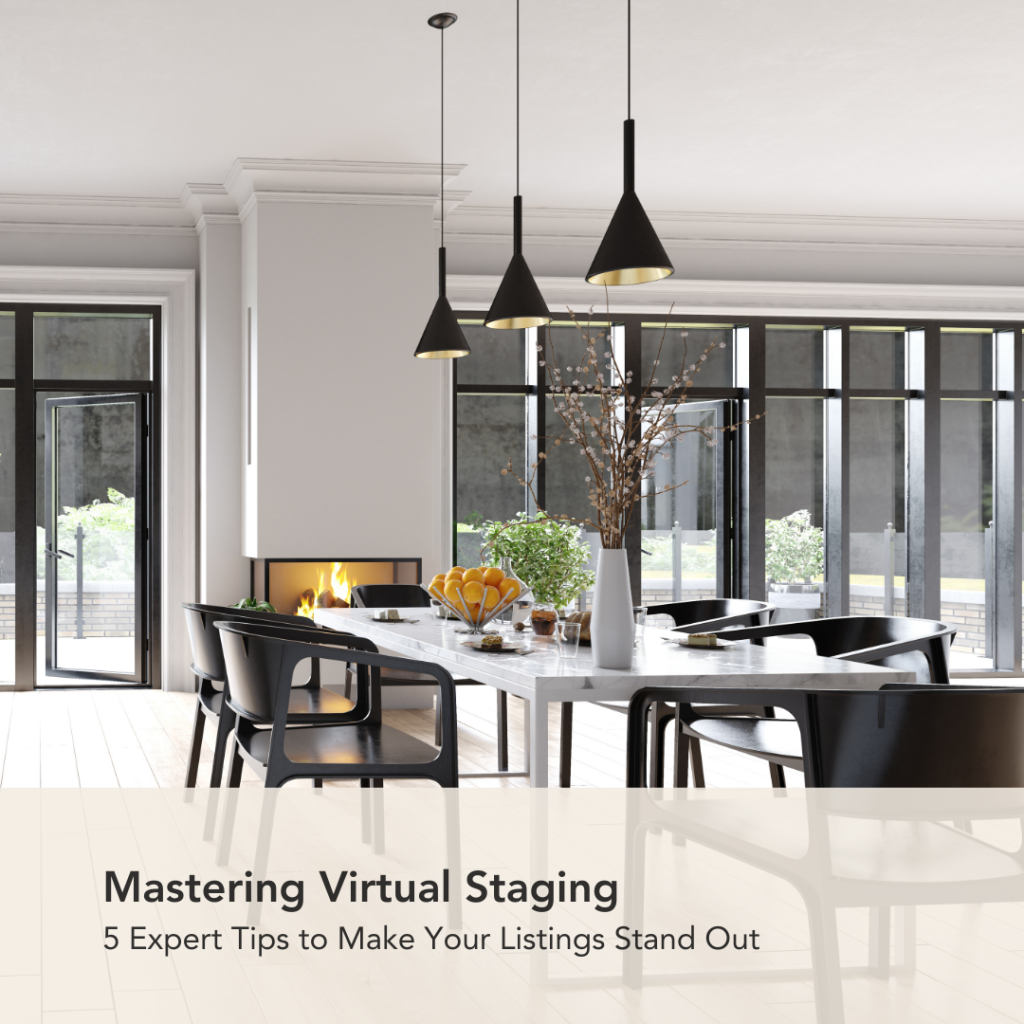
Thinking about adding virtual staging to your home staging toolkit? You’re not alone—virtual staging has become a game-changer in real estate marketing.
By digitally furnishing and decorating empty spaces, you can help buyers visualize the potential of a property—without lifting a single piece of furniture. But the key to success is realism: your staged images need to look authentic enough to spark interest and drive sales.
Here are five essential tips to help you create stunningly realistic virtual staging images:
1️⃣ Start With High-Quality Photos
A great result starts with a great photo. Use clear, well-lit images taken from flattering angles. The sharper your base image, the more convincing your virtual staging will be.
2️⃣ Stay True to the Home’s Style
Select furniture and décor that feel natural in the space. Match the architecture and vibe of the property—avoid anything that feels too trendy or mismatched.
3️⃣ Match the Lighting
Consistency is key. Make sure the lighting in your virtual elements mirrors the original photo’s lighting. Play with brightness and contrast to keep everything looking seamless.
4️⃣ Add Realistic Shadows
Shadows give depth and make the staging feel grounded. Be sure they align with the light source and intensity of the original image.
5️⃣ Keep It Consistent
When staging multiple rooms in one property, stick to a cohesive style. Reuse furniture pieces and maintain uniform lighting and shadowing for a professional finish.
When done right, virtual staging can be so realistic that potential buyers won’t even notice it’s digitally enhanced. It’s a powerful way to turn empty spaces into homes that people can imagine themselves living in.
